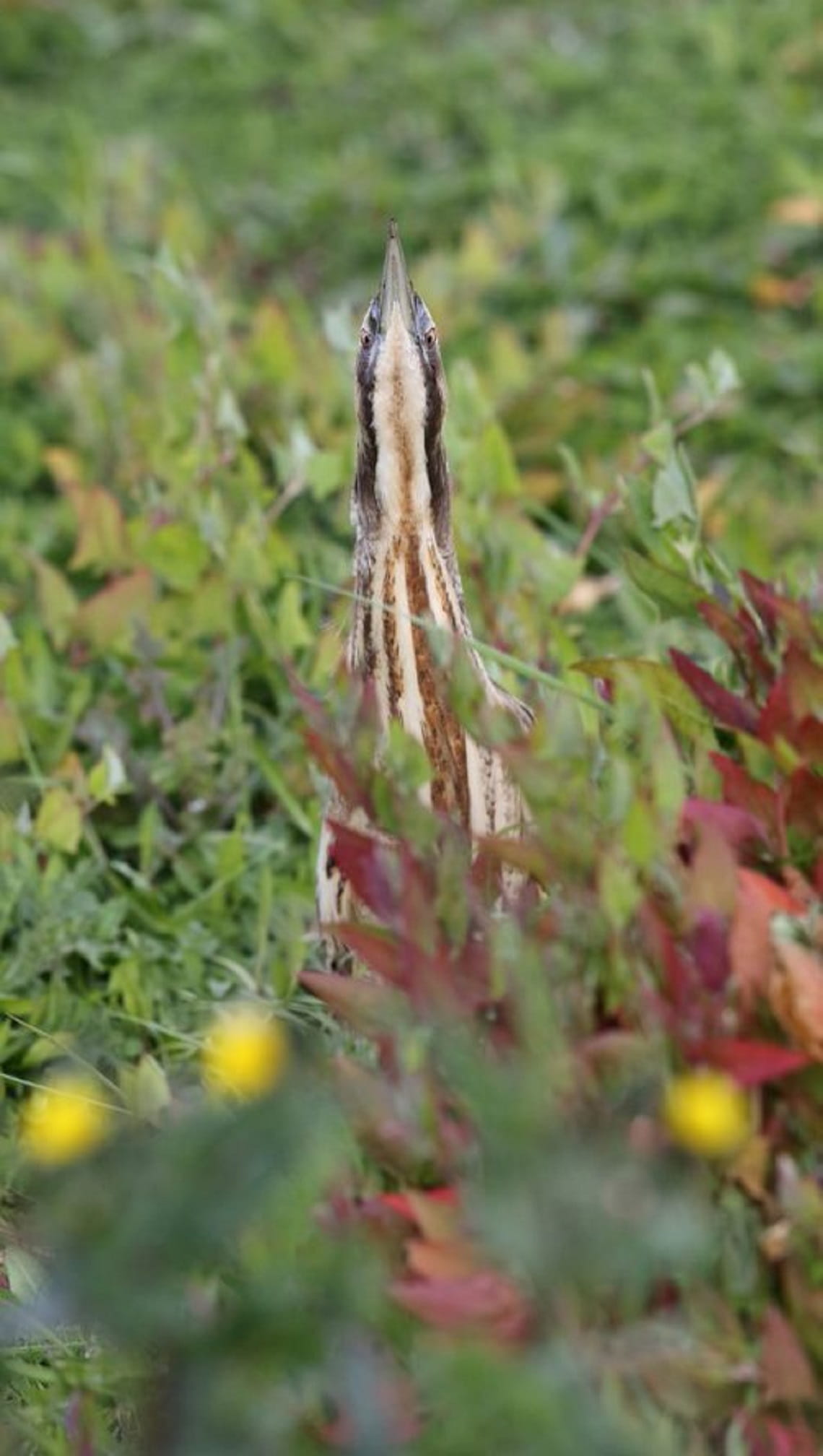Monitoring by BirdLife Australia volunteers is collecting important data about threatened bird species across the Glenelg-Hopkins wetlands, thanks to funding from the Volunteering Innovation Fund.

The listening post at Long Swamp, Nelson, on Gunditjmara country.
BirdLife Australia installed three solar powered acoustic monitoring stations across the Glenelg-Hopkins catchment region in Western Victoria to monitor for calls from native bird species.
Different bird species can be identified by their unique sounds and calls.
This field of research is called bioacoustics.
Using bioacoustics, BirdLife Australia ran 10 in-person surveys and invited volunteers to join the project online. Ten thousand hours of audio recordings - the equivalent of about 400 days - were uploaded from the new monitoring stations onto an online platform. This is where participants have been able to listen and identify bird calls, at any time and place.

A listening post installed at Long Swamp.
"It is wonderful to see volunteers use technology to monitor these important creatures," says Bradley Clarke-Wood, Wetland Bird Program Coordinator at BirdLife Australia.
In December 2019, the number of observations for many waterbird species decreased due to limited in-person volunteering opportunities. However, since the installation of monitoring stations, volunteers have had more flexibility to support this research by listening to recordings at a time and place of their choosing.
Volunteers have been thrilled to observe a wide range of birds across the wetlands, including the Brolga (Antigone rubicunda), a vulnerable species which is more often seen rather than heard.
Listen to the Brolga call recording taken at Bryan Swamp Wildlife Reserve in Victoria Valley, September 2021. At 20 seconds into the recording, you can hear the impressive trumpeting call.

Volunteers were excited to capture the recording of the elusive Brolga at Bryan Swamp in Western Victoria, on Gunditjmara country.
Credit: Andrew Silcocks, BirdLife Australia.
"The Glenelg-Hopkins Soundscape Project has seen observations for the endangered Australasian Bittern almost double. It is a fantastic result for biodiversity," says Bradley Clarke-Wood.
Rarely seen or recorded due to its clever camouflage, the secretive Australasian Bittern (Botaurus poiciloptilus) is more commonly recognised by its unique 'booming' call.
Listen to a recording of the Australasian Bittern taken in December at Bessiebelle Swamp in Western Victoria, December 2021. You will hear the distinctive call 40 seconds into the recording.
The Australasian Bittern (Botaurus poiciloptilus) is difficult to spot visually due to its ability to blend in amongst reeds and rushes.
BirdLife Australia will continue to collect data from the monitoring stations to inform future research and conservation efforts.
"With each identification of a species like the Australian Bittern, we can improve our understanding of their breeding behaviour which is key to developing a recovery plan for wetland species. With every 'boom' we detect, we will learn more about this important creature," says Bradley Clarke-Wood.
"Volunteering for the Glenelg-Hopkins Soundscape Project is incredibly rewarding," says volunteer Glen White. "The flexibility to listen to wetland bird calls at a time that works best for me means I can offer much more of my time than if it were in-person."
Volunteering is a great way to contribute to conserving Victoria's special places and species. With volunteer activities available for every age, skill and ability - there are many ways for you to get involved. Visit the Volunteering







